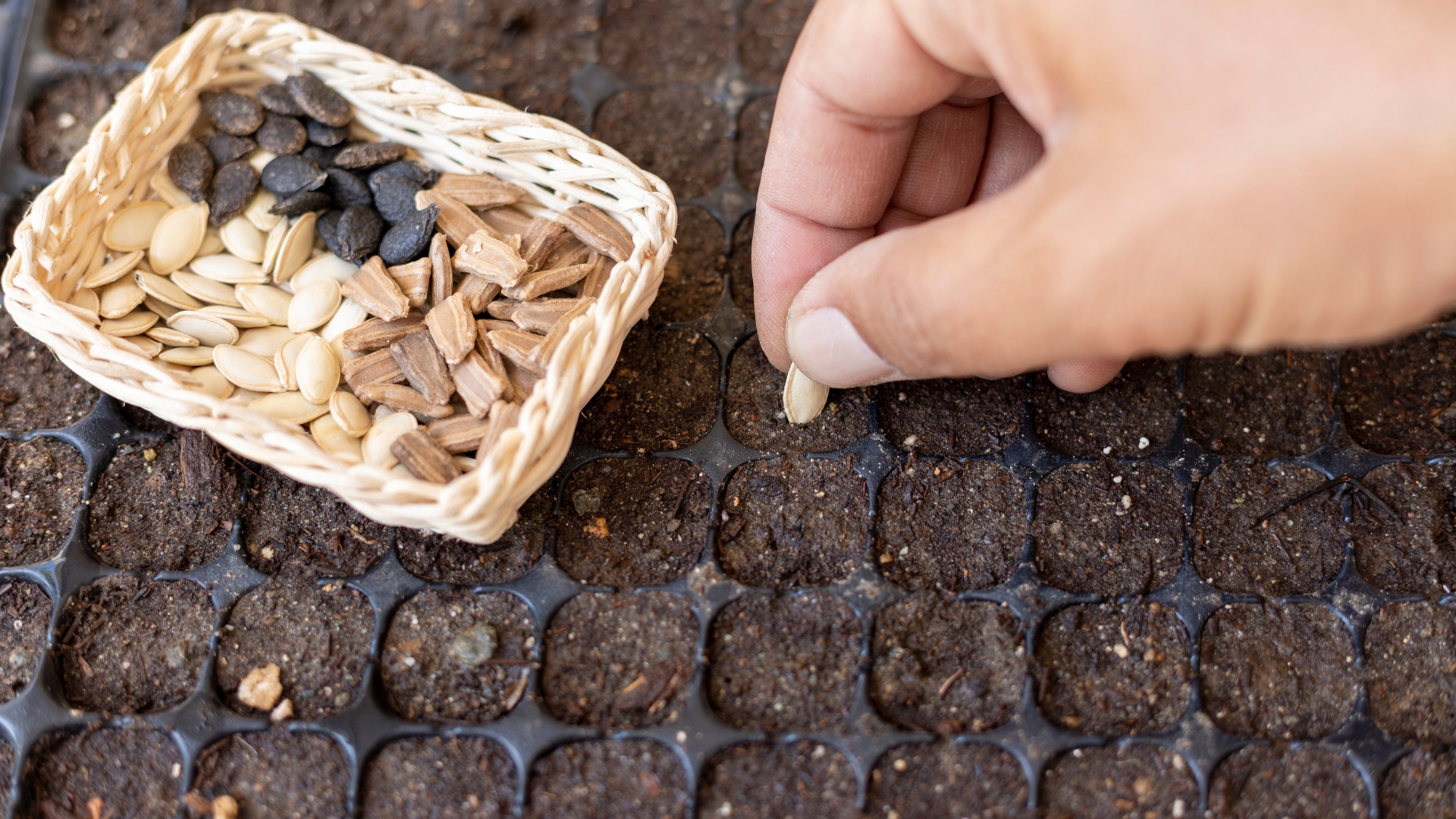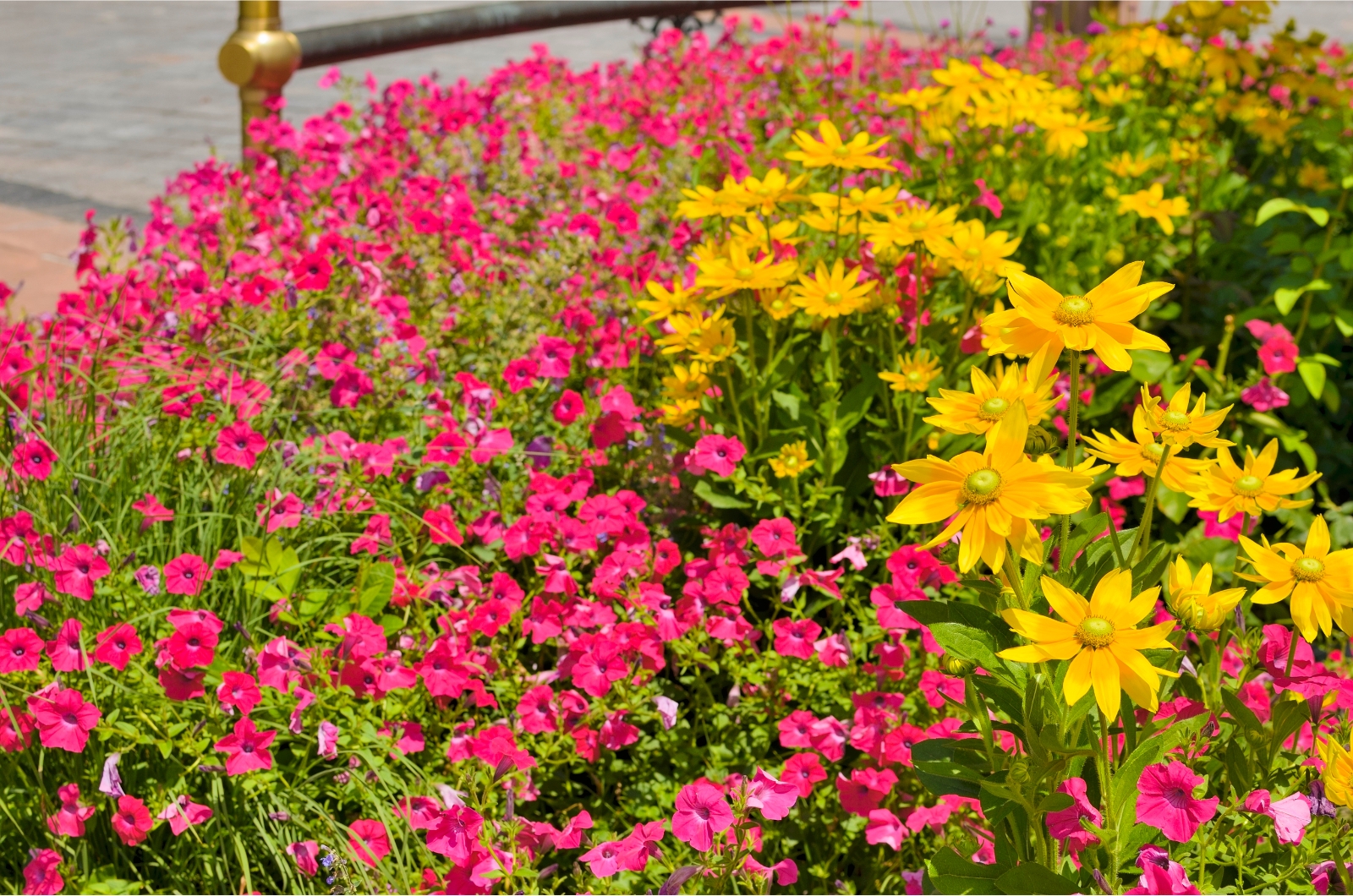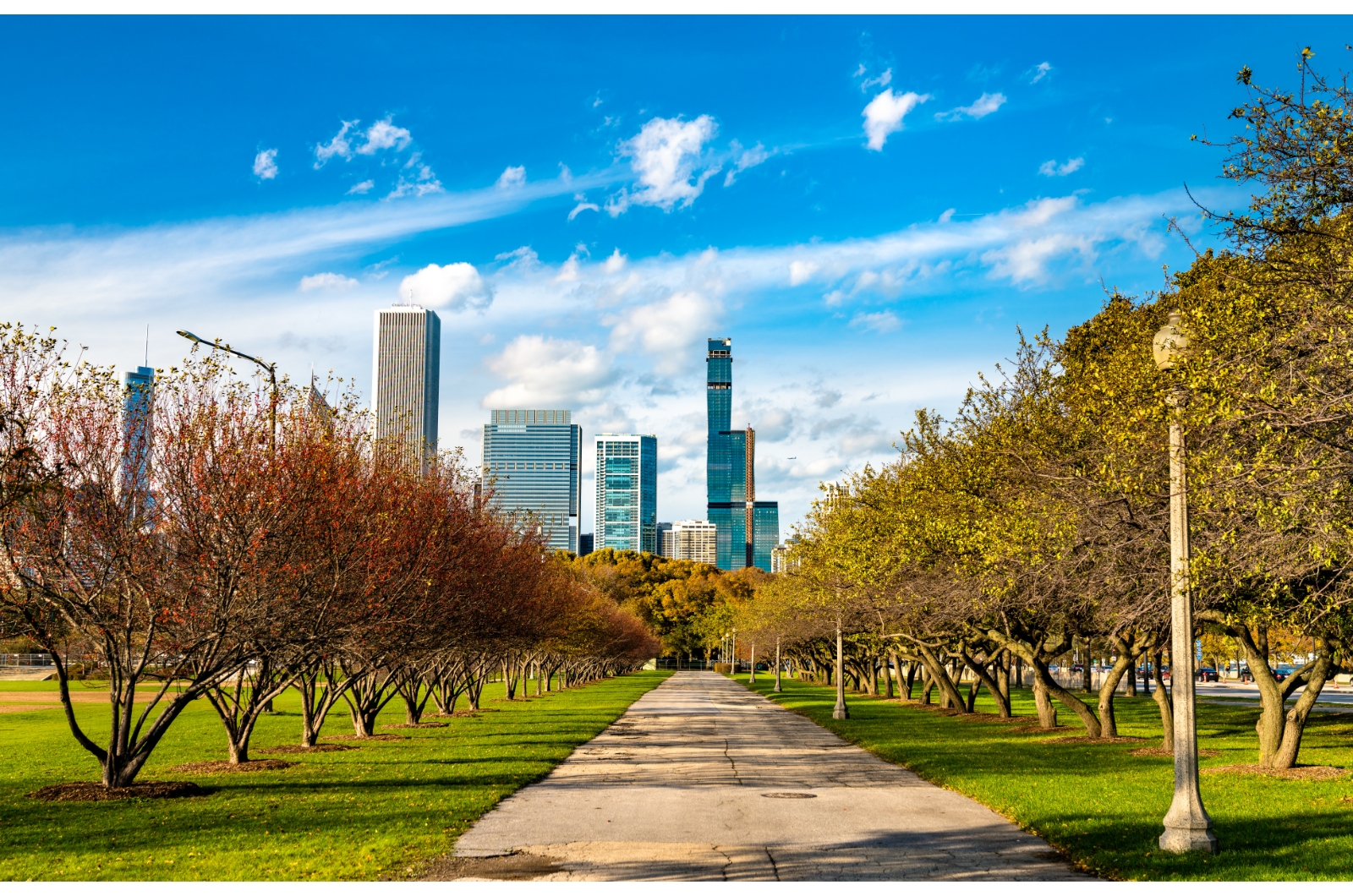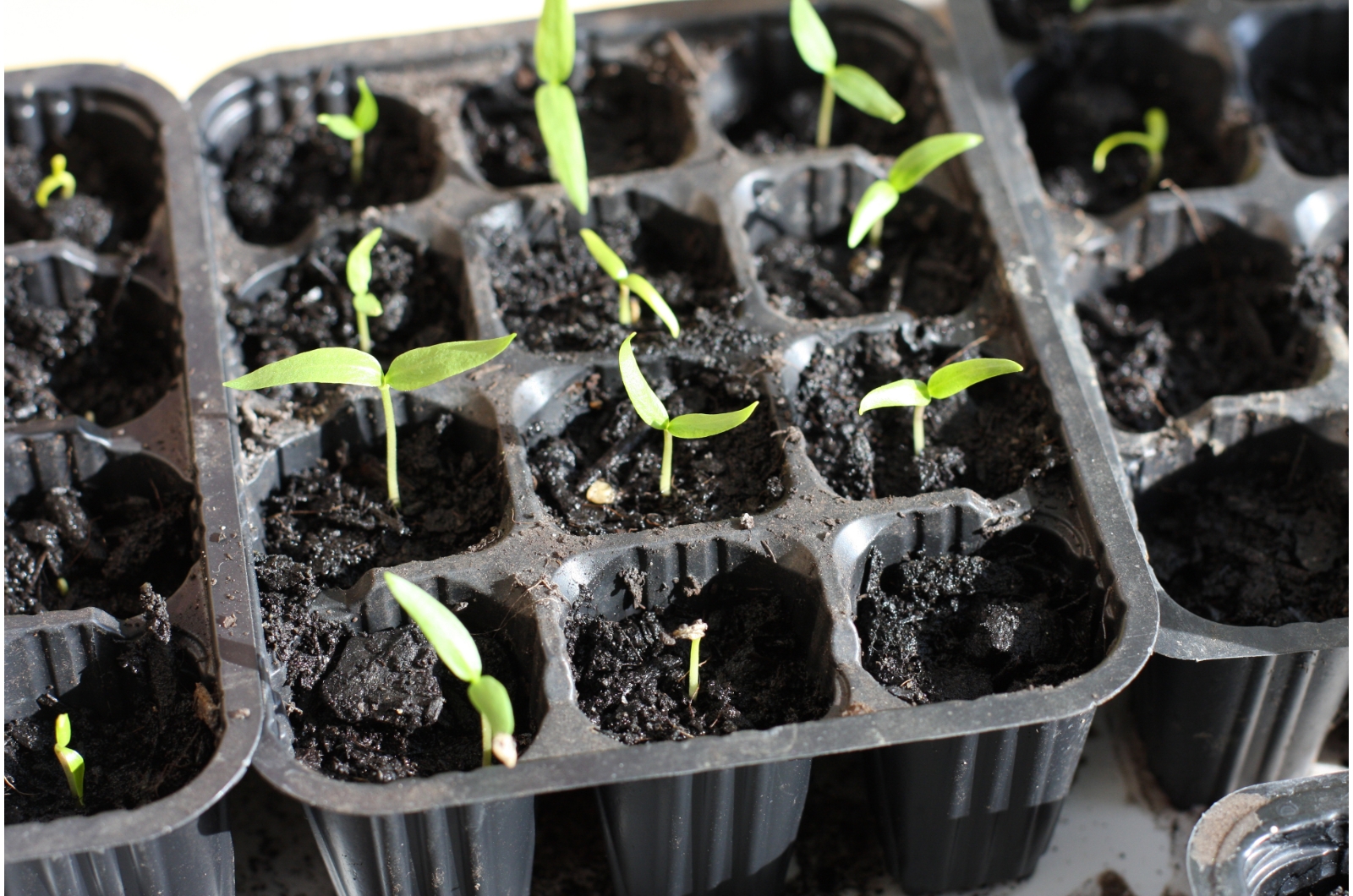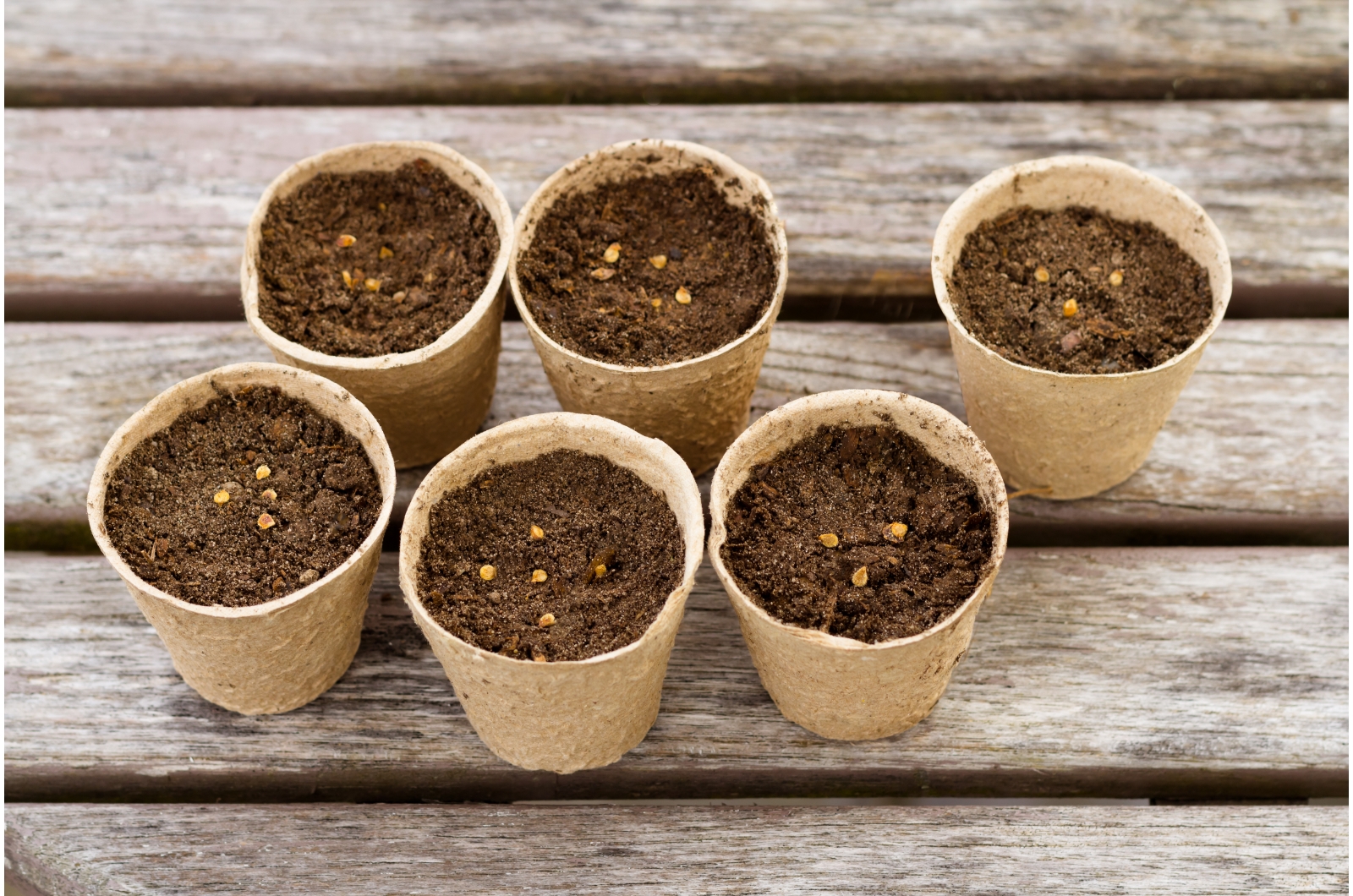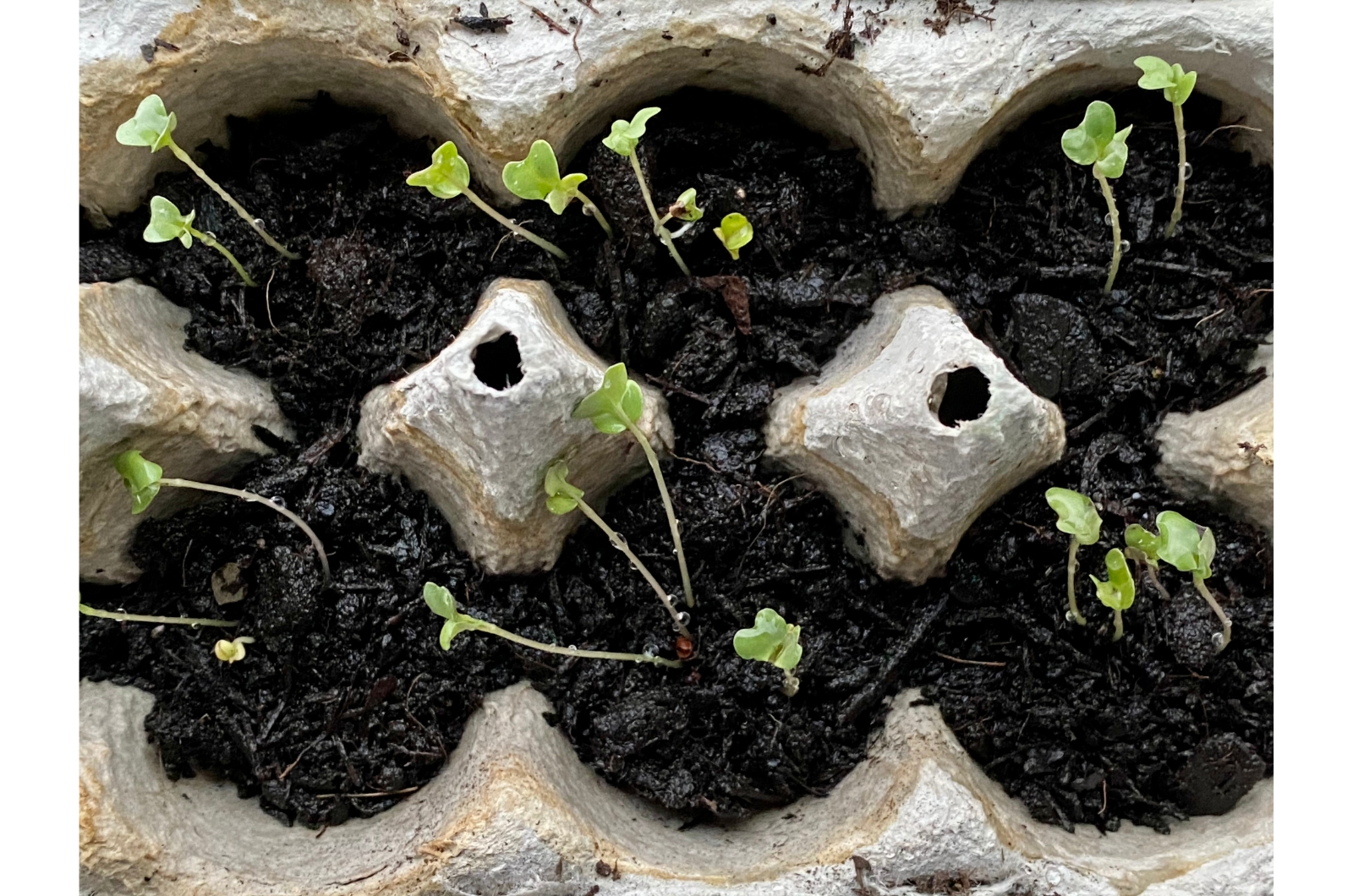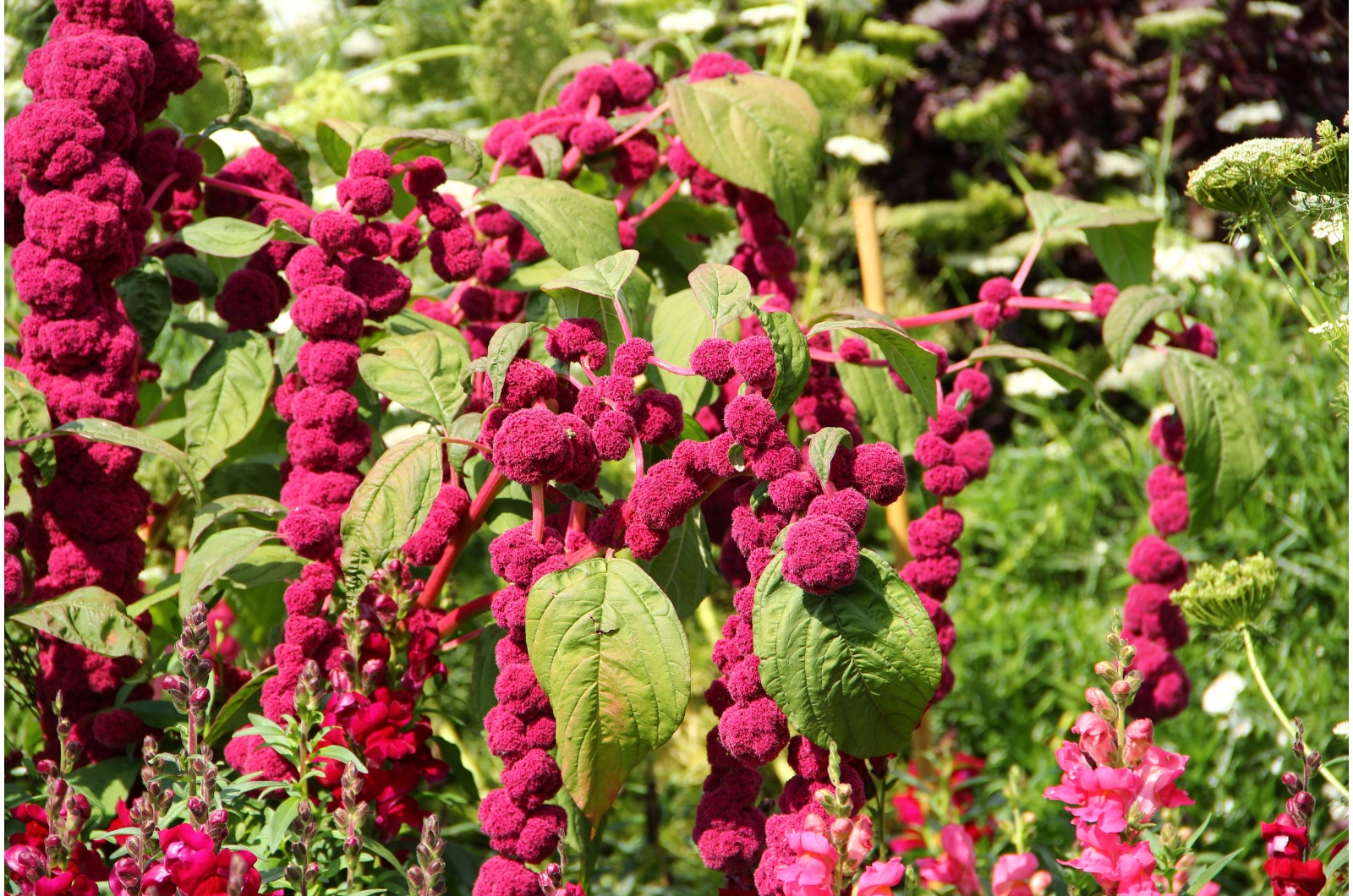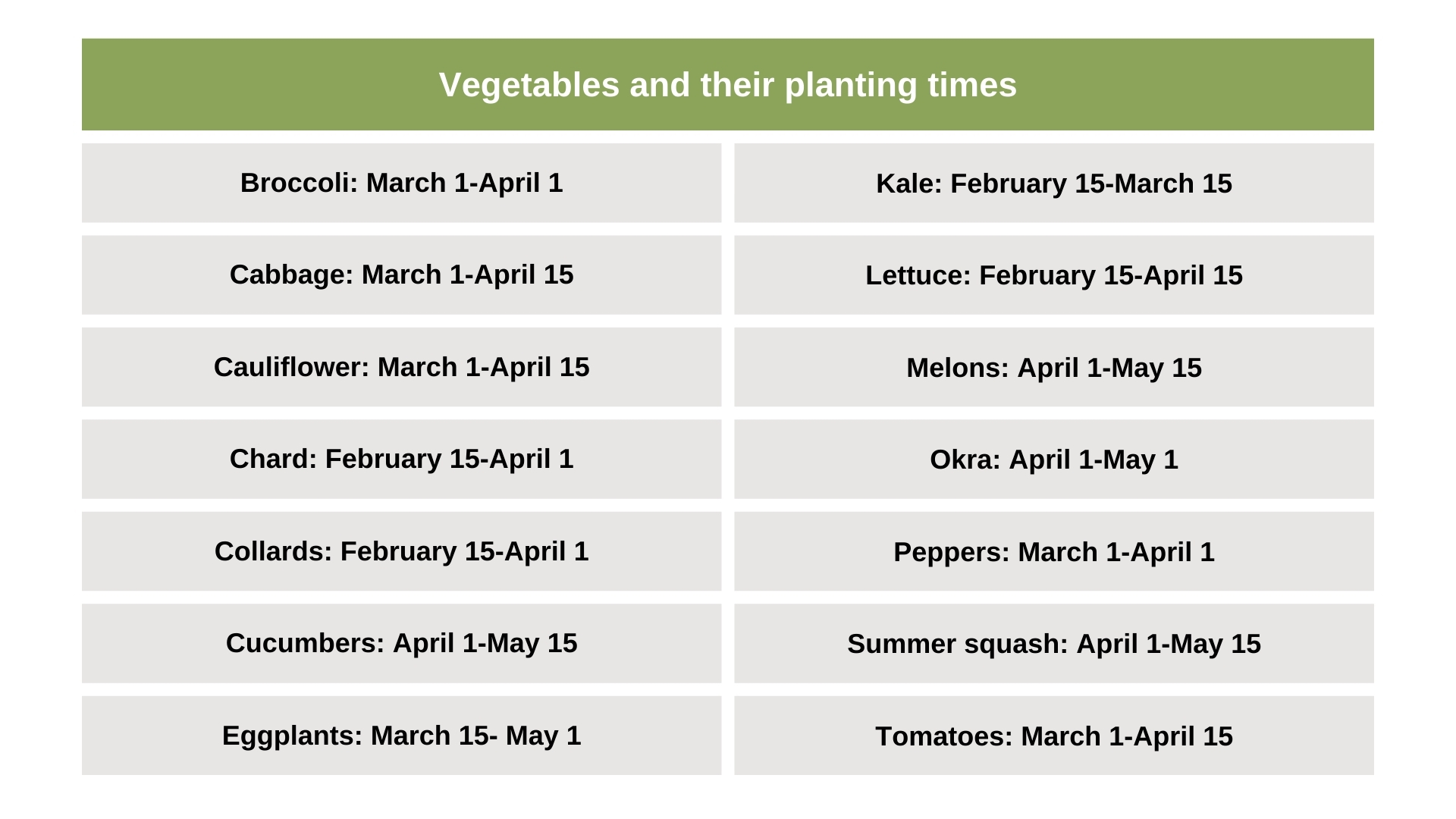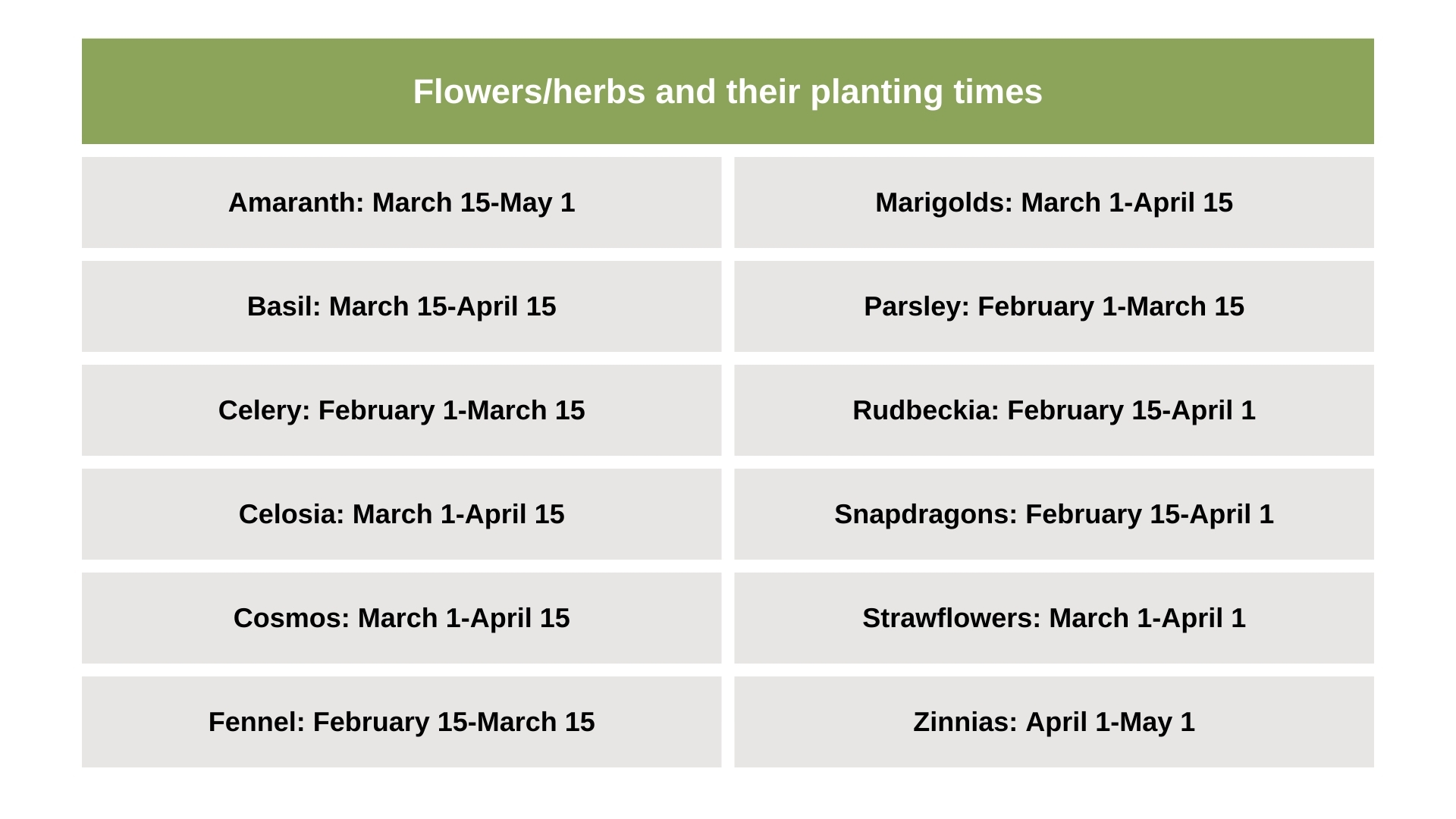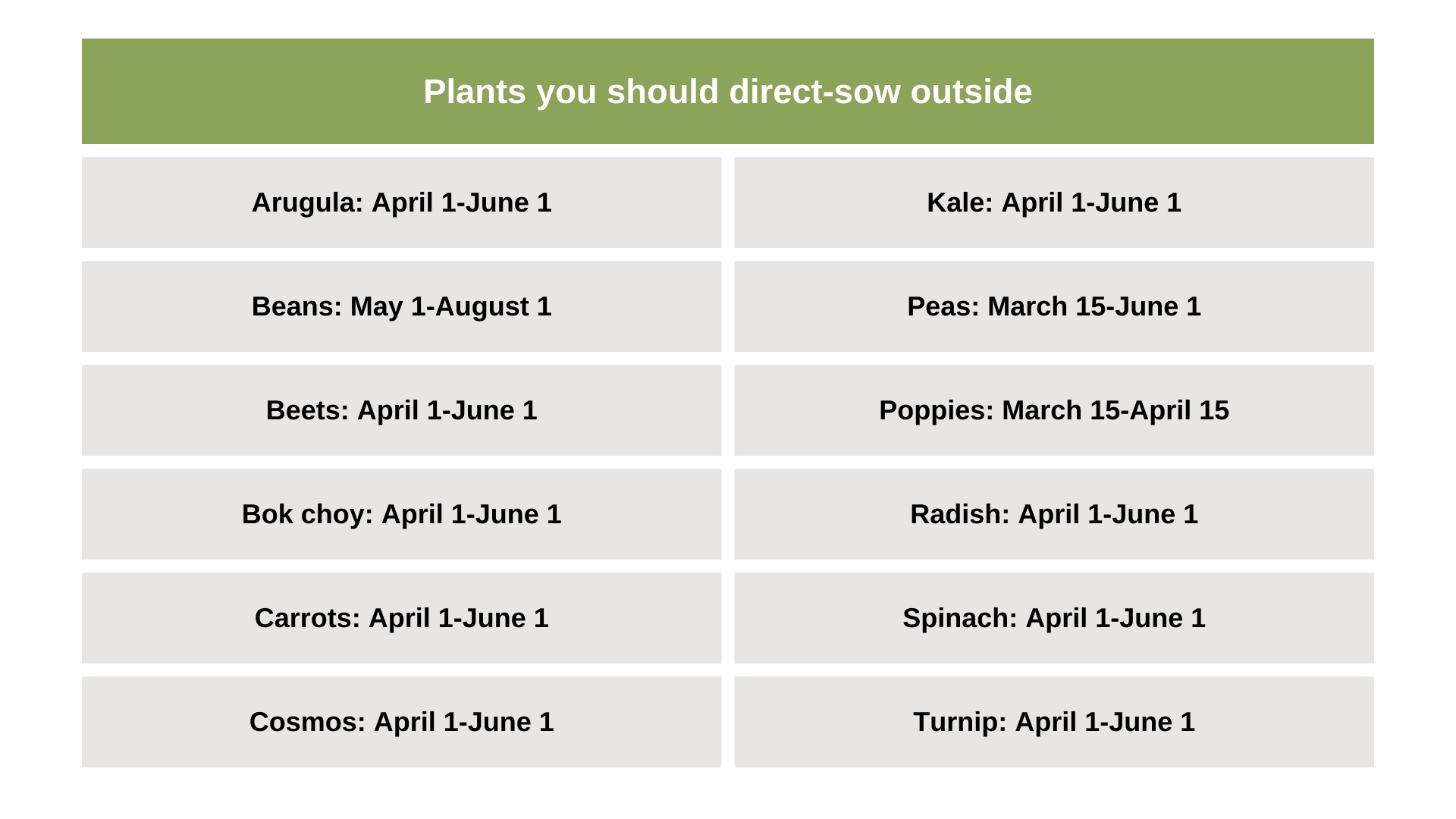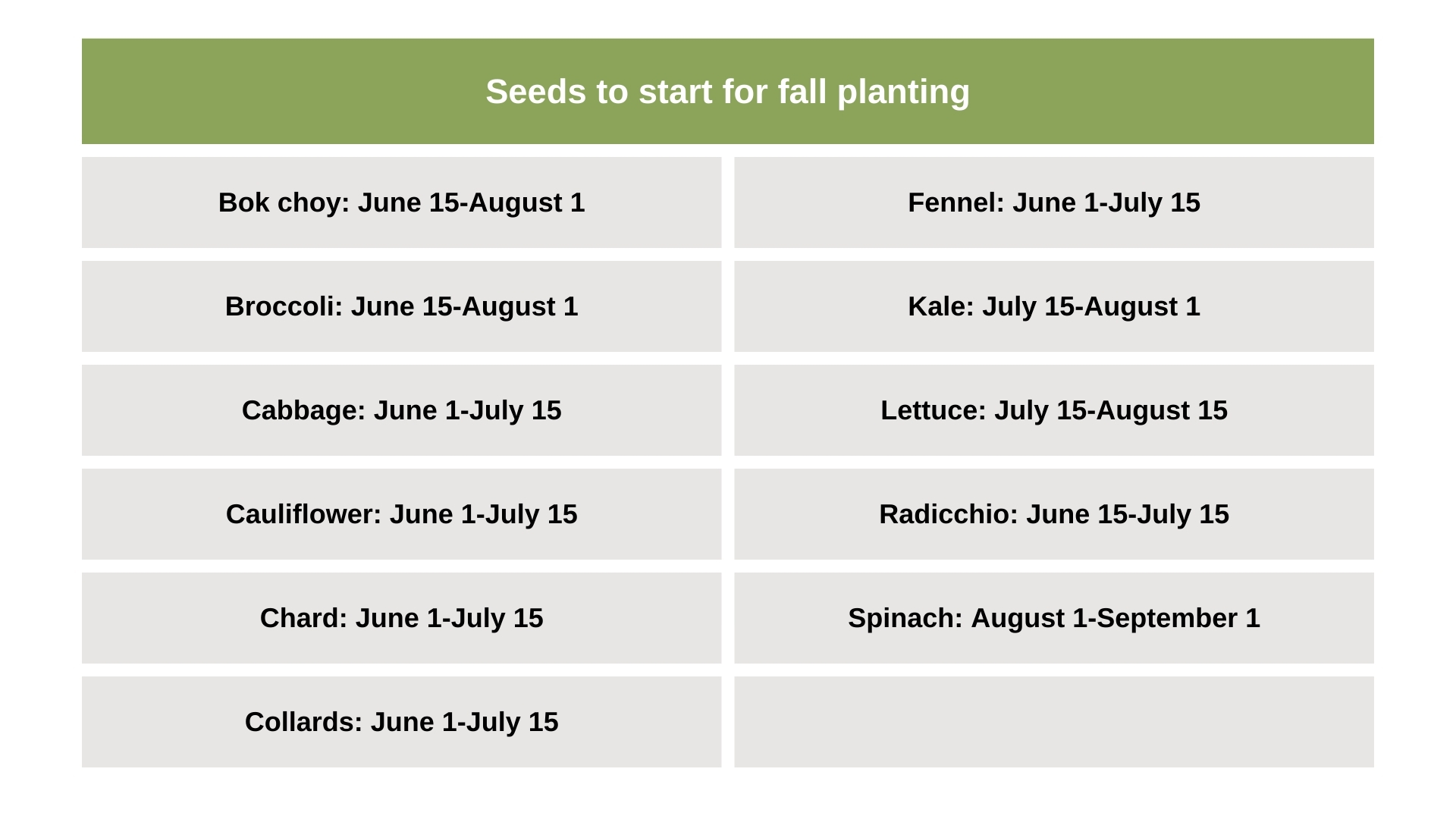Starting seeds indoors is highly rewarding. You gain more gardening experience, you get to see your plants going through all the growing stages, and you can jump start your season if you do it the right way.
The thing that baffles most gardeners is deciding when to sow seeds indoors. Unfortunately, there isn’t just one date! Every plant has a different germination speed and every zone has different frost dates you should follow.
If you happen to live in zone 6, here are some tips that can help guide you through seed starting!
Let’s get started!
Where Is USDA Zone 6?
The newest USDA hardiness map alters what, how, and when we grow in our plots and gardens. That’s why it’s important to understand what regions belong to zone 6.
Currently, it expands across most of the central US and parts of New England and the Pacific Northwest.
When it comes to the USA, zone 6 includes cities such as Chicago, Cincinnati, Denver, Detroit, Pittsburgh, Topeka, etc.
What’s That Climate Like?
Since zone 6 spans across the USA, its climate differs throughout its range. Some regions experience dry summers and snowy winters. Others endure humid summertimes coupled with storms and mildly wet winters.
But in spite of these differences, all these regions have one thing in common – their average low temperature. In zone 6, all areas deal with conditions between -10 to 0°F on average.
Since these temperatures are quite low, they can kill plants if you don’t keep them safe or if you plant outside your zone.
Since it’s quite cold in this zone during winter, the air and the ground take a long time to warm up in spring. This makes it a bit harder to predict the last spring frost. In general, it arrives between mid-April and mid-May.
The first fall frost, on the other hand, usually happens in October.
Deciding Upon Seed-Starting Dates
If you’ve just gotten your hands on some heirloom seeds, it’s a good time to start thinking about when to sow them.
Here are some tips so that you do it neither too soon nor too late and ruin your harvest!
Discover Your Frost Dates
There’s a simple way to decide when to start your seeds in spring. All you have to do is find out the date of the last spring frost, which occurs some time in April or May.
With the exact date in mind, start thinking about when you want to transplant seedlings into your outdoor garden. Frost-tolerant plants, such as cabbage, broccoli, spinach, and violas, are great for planting a little before the last frost.
They can tolerate temperatures down to 28°F. If it gets any colder than this, protect them with frost covers. (1)
If you want to grow your warmth-loving crops, such as tomatoes, peppers, and zinnias, wait a few weeks after the last frost to plant them.
Once you figure out when you want to transplant the seedlings, it is time to do some math and work out when to start them indoors. Most seeds need about 4-10 weeks before they’re ready for the transplant (if you give them all the nutrients, moisture, and light they need).
Check the back of the seed packet to find out when to start particular seeds. The info usually tells how many weeks before the transplant you should do it.
Plan For Fall
Gardeners tend to make one mistake – focusing on their spring and summer gardens, while neglecting fall planting.
Once you’ve found seed types you love growing in spring, think about planting them in fall and getting a second harvest out of them.
In zone 6, you can start your fall cool-season crops in the summertime. Make sure they’re already in the ground before the first 10-hour day comes.
When To Start Seeds In Zone 6
If you want to start seeds indoors for spring planting, the table below can save you a lot of time and math trouble.
Starting Flowers And Veggies For Spring Planting
It’s good to know when and how to plant wildflower seeds and other plants. The table below offers a wider planting range since frost dates vary greatly in zone 6.
For instance, if your last frost date is in mid-April, start the seeds on the earlier date in the table below. And if the last frost occurs around mid-May, use the latter date as your guide.
Of course, these are just suggestions and approximations. If you want the exact date when you should plant certain veggies, check out the frost date calculator of the NGA.
These dates allow you to start your tender crops (e.g. tomatoes and peppers) so that they mature a few weeks after the last frost. This will ensure they transplant well.
But vegetables aren’t the only plants you can start in late winter or early spring. Here are some flowers and herbs that you can also sow:
Direct Planting In Spring
Starting seeds indoors is a great way to get an earlier harvest. However, it doesn’t work for all plants. Root crops and microgreens can’t handle the transplant, so it’s best to sow them directly outdoors.
You should know that colder temperatures lead to slower germination. That’s why planting on the earlier date of the spectrum could lead to delayed sprouting.
The good news is that you can succession plant most of these plants. Plant them every 2-3 weeks to get a never-ending harvest of root crops, greens, and flowers.
Starting Seeds For Fall Planting
The first signs of fall appear in October in zone 6. With them, they bring an end to your tomatoes, peppers, eggplants, zinnias, and basil.
Yet, there are many cool-season crops that thrive in fall weather. All you have to do is master the sowing of seeds in cell trays. The only thing you should bear in mind is starting them early enough to allow them to reach their prime by mid-fall.
Final Thoughts
Now that you know all the ins and outs of starting seeds in zone 6, it’s time to gather everything you need. A nursery tray, seed-starting mix, and labels are a good place to start!
References:
1. Pokorny, K. (2023). These Cold-Hardy Vegetables May Stick It out through Winter. OSU Extension Service.

